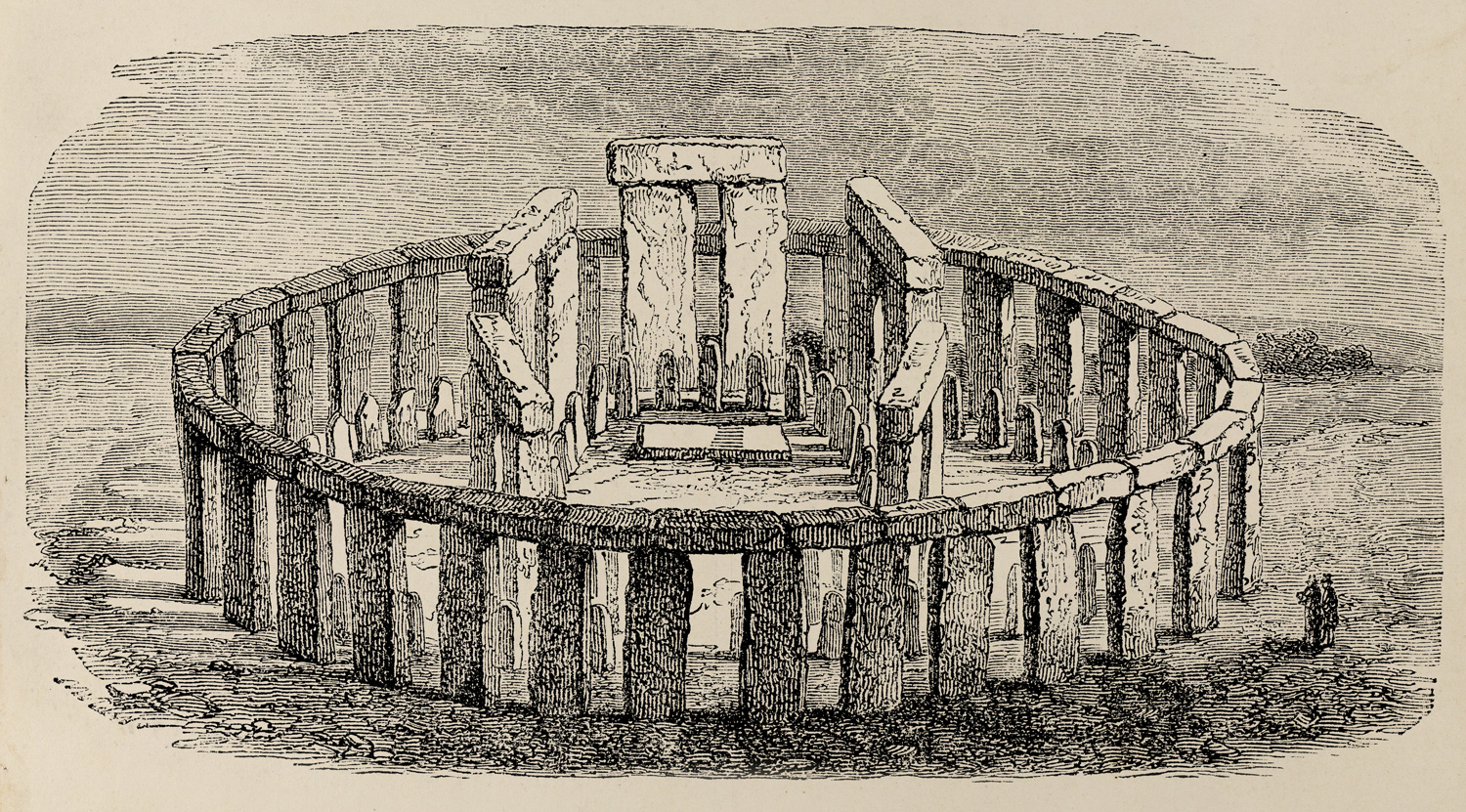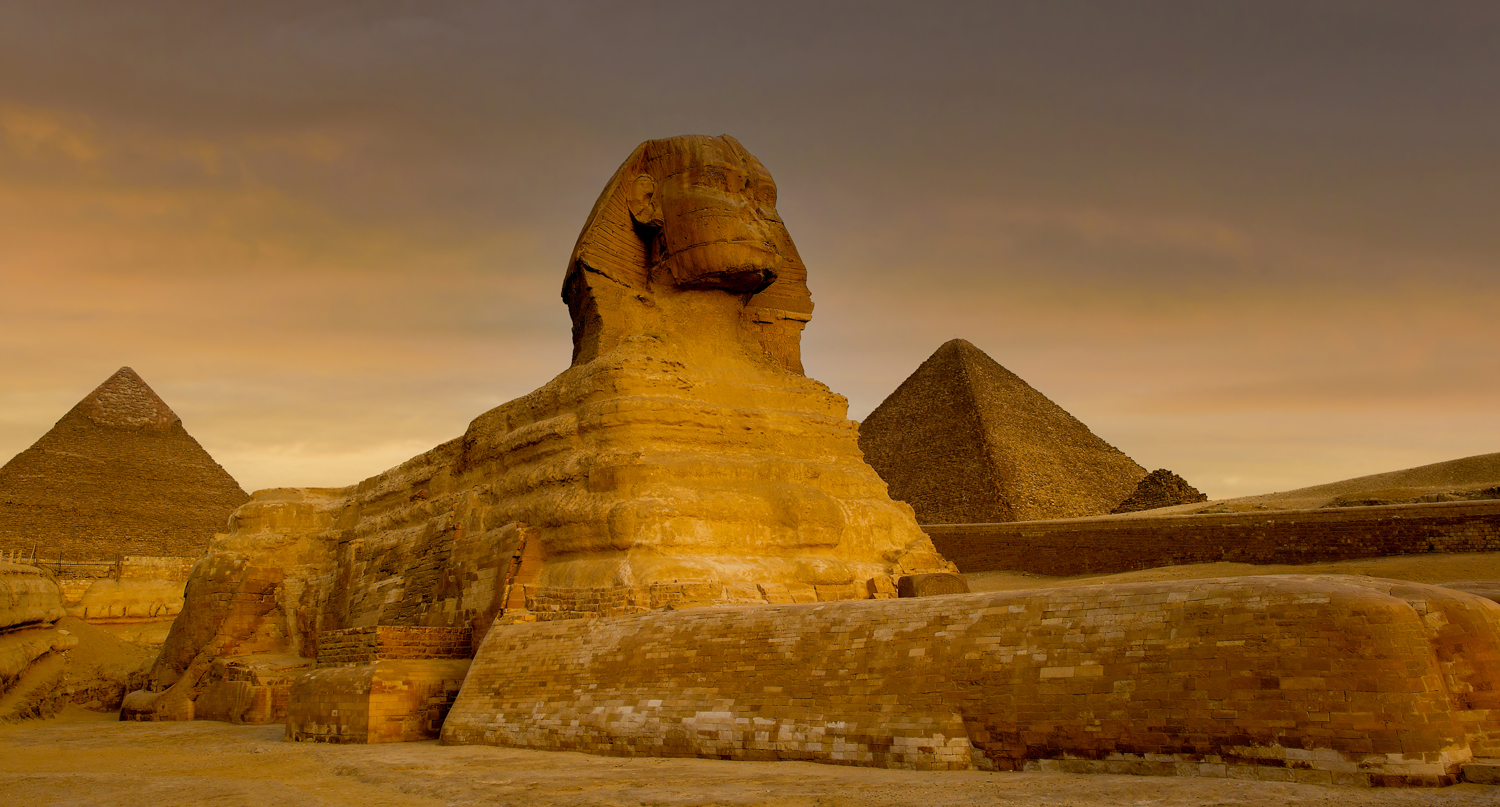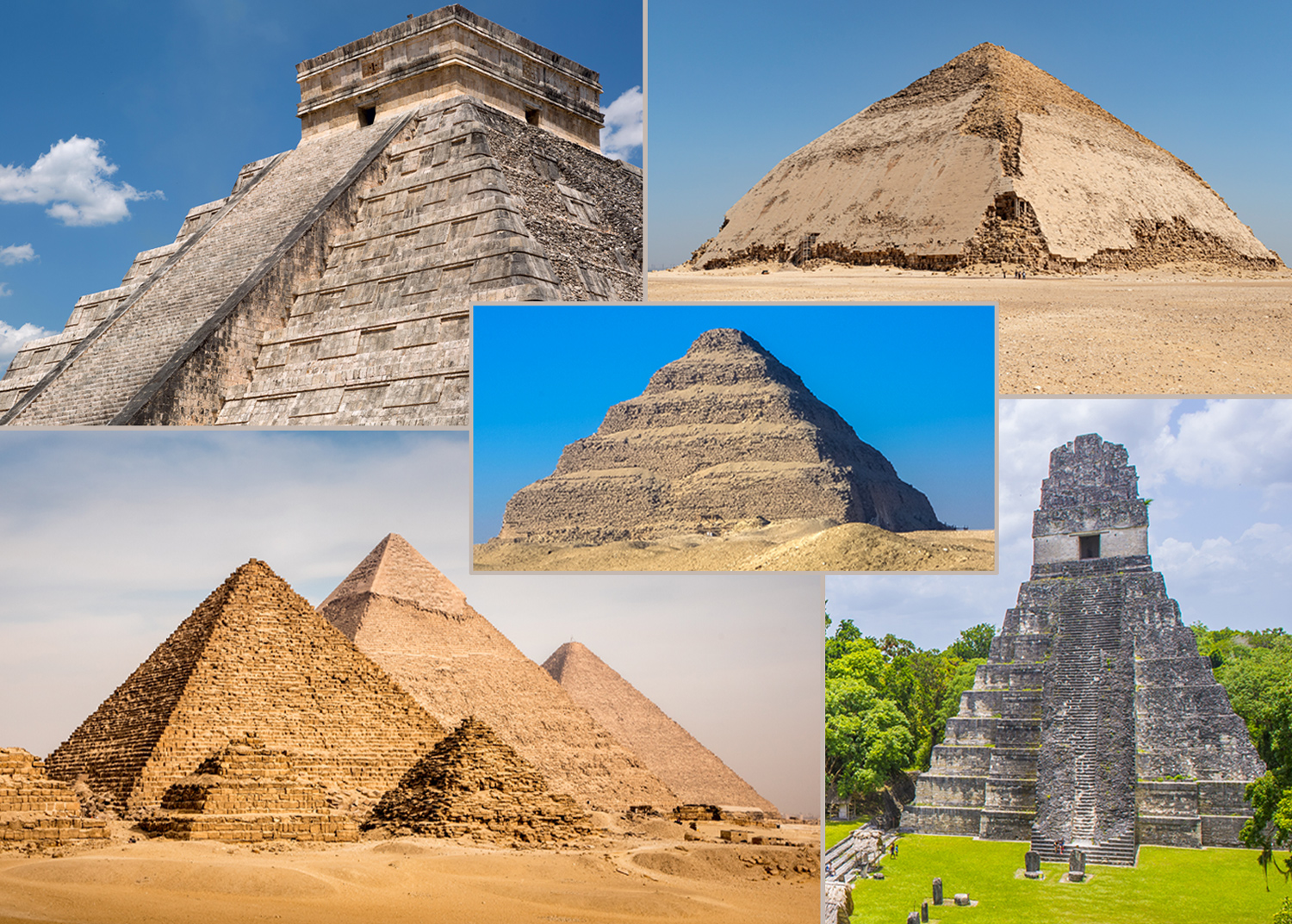Stonehenge Stones Came From Far Away
Ancient people brought giant stones together to build a monument that’s now famous.
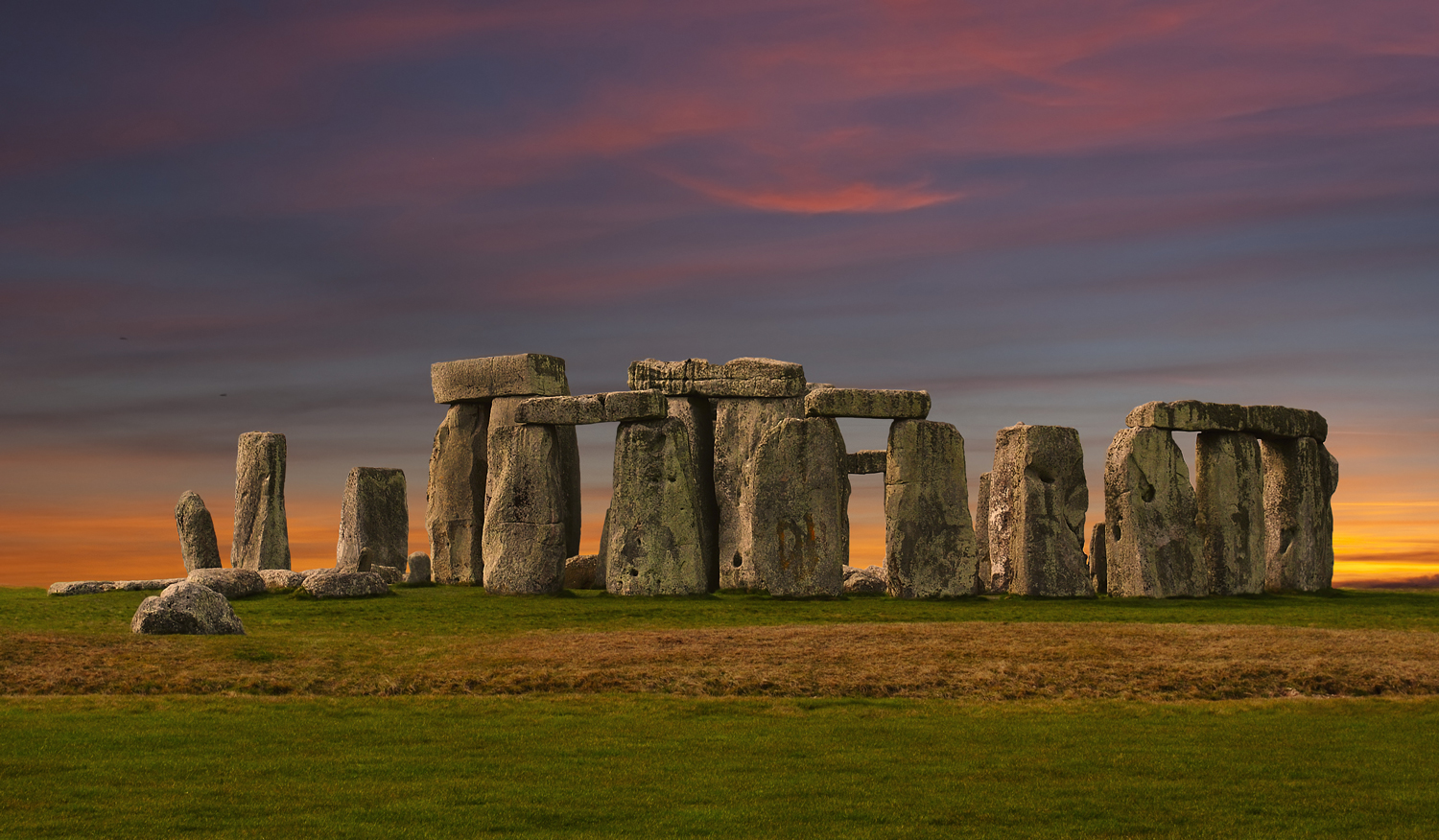
© Raduang/Dreamstime.com
Stonehenge is a famous monument in England.
Beginning about 5,000 years ago, long before there were any motorized vehicles, people somehow arranged giant stone slabs into a monument called Stonehenge, in what’s now England. Recently, scientists found that one of these massive stones came from hundreds of miles away! The discovery makes Stonehenge even more remarkable.
Stonehenge is made up of slabs that have been placed in an incomplete circle, with other stones in the center. Scientists believe that some of the stones came about 16 miles (25 kilometers) away, while others came from about 125 miles (200 km) away, in Wales. The idea that prehistoric people somehow moved these massive stones 125 miles is amazing to think about. But when scientists took a closer look at one of the stones, they concluded that its journey was much longer.
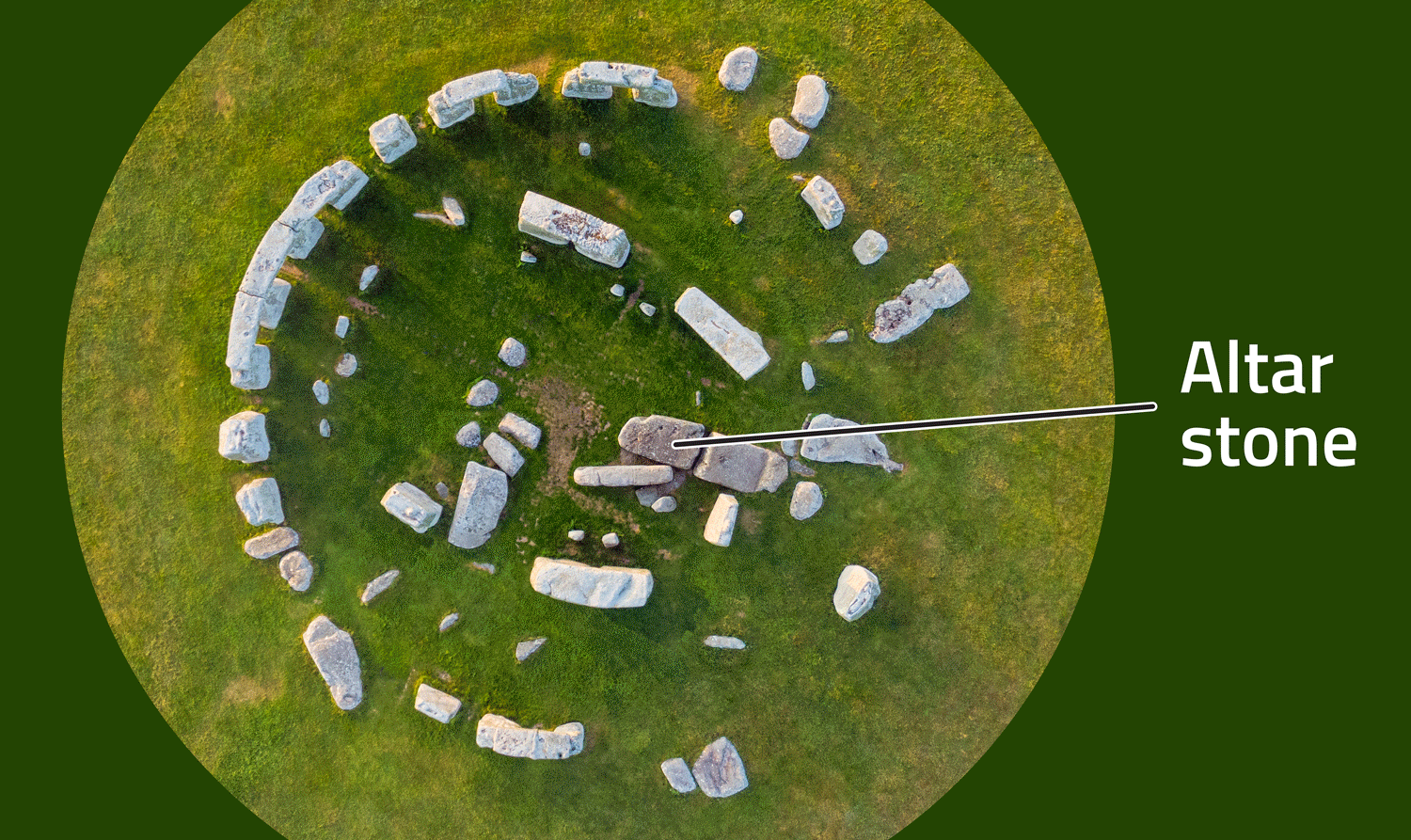
© Gavin Hellier/robertharding/Getty Images; Animation Encyclopædia Britannica, Inc.
The yellow rectangle shows where the altar stone is located.
Scientists studied what’s known as the “altar stone,” which is near the center of the monument and partly buried. The altar stone is made of old red sandstone. Scientists studied its chemical makeup and determined the age of its ingredients. They looked at the surrounding lands, hoping to find similar rock of a similar age, which would tell them where the altar stone came from. They were shocked to find old red sandstone in northeastern Scotland, which tells them that the altar stone was transported at least 466 miles (750 km)!
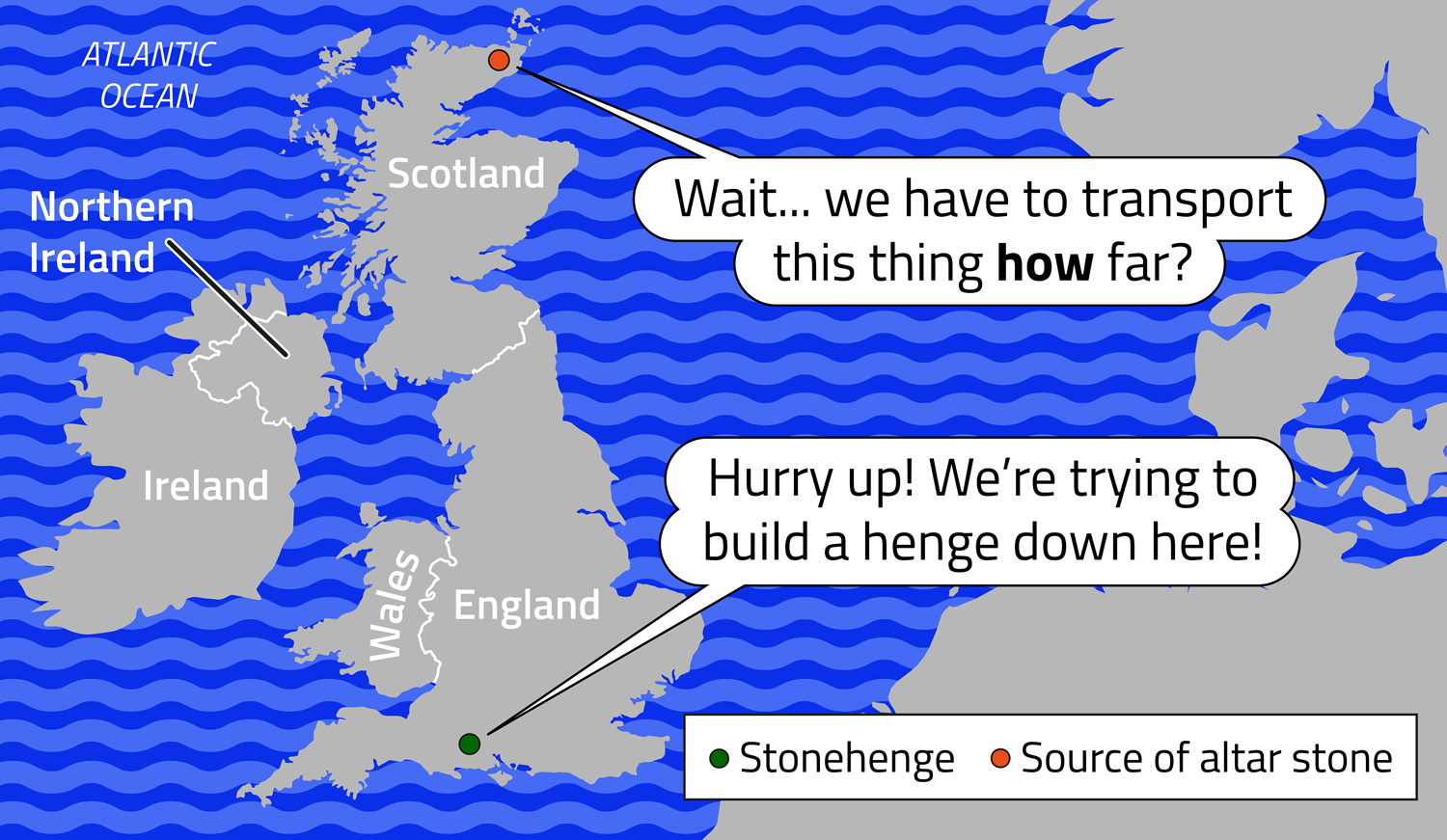
© Pytyczech/Dreamstime.com; Photo illustration Encyclopædia Britannica, Inc.
The altar stone was found in Scotland and brought all the way down to England.
Scientists still aren’t sure how the altar stone, which weighs more than 6 tons, got to where it is now, in the center of Stonehenge. Some experts believe the slab was transported in part by boat.
But archaeologist Mike Pitts, who wrote a book about Stonehenge, doesn’t think that’s what happened. He believes it would have been too risky because the slabs could have fallen into the water. Pitts wasn’t involved in the study of the altar stone, but he’s excited about it.
“[The study] is exciting,” Pitts told the Guardian. “It’s long been known that [some of the stones] come from Wales, but this identifies links with a quite different part of Britain, and significantly more distant from Stonehenge.”

